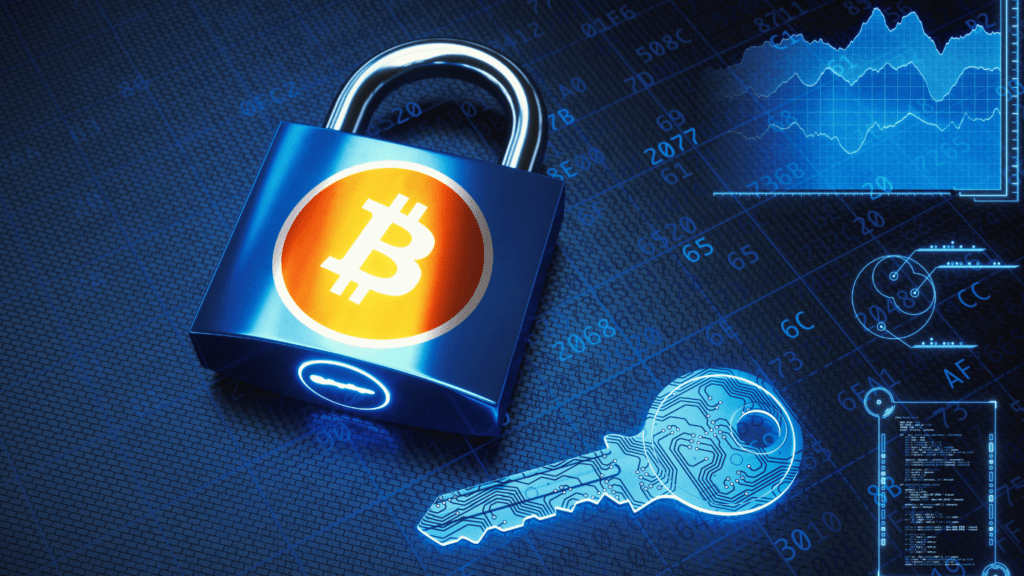The world of blockchain and cryptocurrency is evolving faster than ever, and it’s impossible to ignore the impact of Layer 1 and Layer 2 tokens. These technologies aren’t just buzzwords—they’re the backbone of innovation, driving scalability, security, and efficiency across the market. As someone who’s followed this space closely, I’ve seen how these layers are reshaping the way we think about decentralized systems.
Overview Of Layer 1 And Layer 2 Tokens
Layer 1 and Layer 2 tokens play distinct yet interconnected roles in blockchain ecosystems. Each type addresses specific challenges, contributing to the growth and adoption of decentralized networks.
What Are Layer 1 Tokens?
Layer 1 tokens are the native cryptocurrencies of primary blockchain networks. Examples include Bitcoin on the Bitcoin blockchain and Ether on Ethereum. These tokens enable core functionalities such as network governance, transaction validation, and smart contract execution. Layer 1 networks establish the foundation for decentralized applications (dApps) and rely on consensus mechanisms like Proof of Work (PoW) or Proof of Stake (PoS) to ensure security and decentralization.
What Are Layer 2 Tokens?
Layer 2 tokens operate on solutions built atop Layer 1 blockchains. Polygon (MATIC) and Arbitrum are examples of projects utilizing Layer 2 tokens. These solutions improve transaction speeds, lower costs, and enhance scalability by offloading processes from the main blockchain. While dependent on a Layer 1 network for security, Layer 2 tokens extend its functionality, making blockchain interactions faster and more affordable.
Key Differences Between Layer 1 And Layer 2
| Feature | Layer 1 Tokens | Layer 2 Tokens |
|---|---|---|
| Network Dependency | Operate independently | Built on Layer 1 networks |
| Functionality | Foundational operations | Enhanced scalability |
| Examples | Bitcoin, Ethereum | Polygon, Arbitrum |
| Performance Focus | Security and decentralization | Speed and efficiency |
Layer 1 tokens form the backbone of blockchains, while Layer 2 tokens improve usability by addressing scaling and transaction bottlenecks. Together, they shape the crypto market.
Market Impact Of Layer 1 Tokens
Layer 1 tokens significantly influence blockchain adoption by:
- providing scalability
- advanced security
- real-world applicability
Their prominence drives innovation and strengthens the foundations of decentralized ecosystems.
Scalability And Security Features

Layer 1 tokens incorporate core capabilities like scalability and robust security, setting the groundwork for blockchain performance. Networks such as Ethereum and Solana use consensus mechanisms like Proof of Stake (PoS) to enhance transaction throughput while maintaining decentralization. High-security protocols embedded in Layer 1 blockchains protect against malicious attacks, ensuring network integrity.
Real-World Use Cases
Layer 1 tokens enable practical applications across industries due to their versatile ecosystems. Smart contract platforms like Ethereum support decentralized finance (DeFi), NFTs, and tokenized asset development. Bitcoin functions as a digital store of value, while networks like Cardano combine environmental sustainability with efficient on-chain functionalities, fostering real-world blockchain adoption.
Prominent Layer 1 Tokens
Prominent Layer 1 tokens include:
- Bitcoin (BTC)
- Ethereum (ETH)
- Solana (SOL)
- Avalanche (AVAX)
- Cardano (ADA)
Bitcoin leads as a secure value store, while Ethereum serves as a foundation for DeFi and Web3 projects. Solana and Avalanche are known for high-speed transactions, and Cardano emphasizes sustainability and advanced research-based innovations.
Market Impact Of Layer 2 Tokens
Layer 2 tokens play a pivotal role in driving blockchain adoption by addressing critical inefficiencies. They help resolve scalability barriers, improve transaction speeds, and reduce costs, making blockchain technology more accessible.
Solving Scalability Challenges
Layer 2 tokens make blockchain networks scalable by offloading transaction processing and data storage. Instead of congesting the main network, they handle operations off-chain while maintaining security through Layer 1’s consensus mechanism. For instance, Optimistic Rollups batch multiple transactions to compress data, enabling high throughput without compromising decentralization. This scalability empowers networks to handle a growing user base.
Enhancing Transaction Speed And Cost
Layer 2 solutions reduce transaction latency and cost by minimizing on-chain activity. Polygon (MATIC), for example, leverages sidechains to achieve nearly instantaneous transactions at a fraction of Layer 1 fees. By enabling faster settlements, these tokens make applications like micropayments, DeFi trading, and gaming more practical for users. Lower costs also remove barriers for those entering the ecosystem.
Examples Of Key Layer 2 Solutions
Prominent Layer 2 solutions include Polygon (MATIC), Arbitrum, and Optimism. Polygon uses a proof-of-stake chain and rollup technology to scale Ethereum projects effectively. Arbitrum enables compatibility with existing Ethereum-based applications while reducing transaction congestion. Optimism focuses on Optimistic Rollups, offering faster processing without sacrificing Layer 1’s security model. Each solution targets blockchain adoption by enhancing usability and efficiency.
How Layer 1 And Layer 2 Tokens Work Together
Layer 1 and Layer 2 tokens form a symbiotic relationship that enhances blockchain performance. Together, they combine core functionality with scalability and efficiency to shape a cohesive ecosystem.
Layer 2 Tokens Enhancing Layer 1 Networks
Layer 2 tokens augment Layer 1 blockchains by addressing their inherent limitations. While Layer 1 networks focus on decentralization and security through consensus mechanisms like PoS or PoW, Layer 2 solutions handle high transaction volumes and reduce costs. This balance allows Layer 1 networks like Ethereum to maintain robust security while enabling faster, cheaper transactions via Layer 2 solutions like Polygon.
For instance, Layer 2 protocols like Optimism and Arbitrum use rollups to process transactions off-chain before settling data back on the Layer 1 mainnet. This decreases network congestion and enhances throughput without impacting the security guaranteed by the underlying blockchain. Developers and users benefit from improved speed and reduced fees while relying on the security of the Layer 1 chain.
Interoperability And Ecosystem Growth
The integration of Layer 1 and Layer 2 tokens fosters interoperability, unlocking diverse use cases and expanding ecosystem functionality. Layer 2 tokens often bridge Layer 1 networks, enabling asset transfers and smart contract execution across chains. For example, platforms like Polygon facilitate seamless collaboration between Ethereum and other networks, reducing fragmentation and increasing network utility.
This interconnected framework accelerates ecosystem growth by attracting decentralized applications (dApps) and speculative interest. Developers leverage Layer 2 solutions to optimize performance, while users experience smoother, cost-effective blockchain interactions. Together, these tokens strengthen blockchain adoption by solving scalability challenges without sacrificing decentralization or security.


 Blockchain Tech Contributor
Blockchain Tech Contributor

